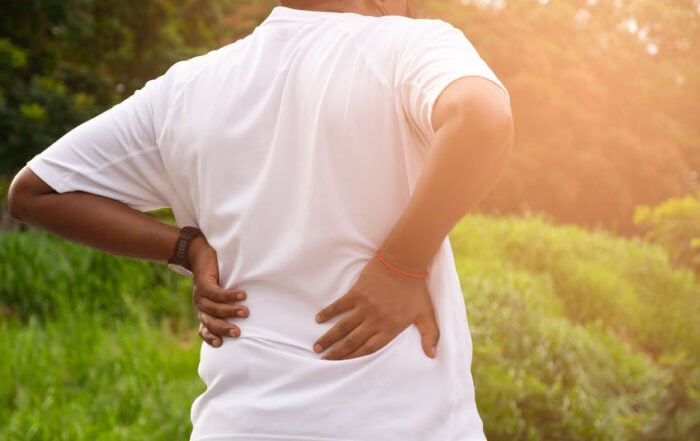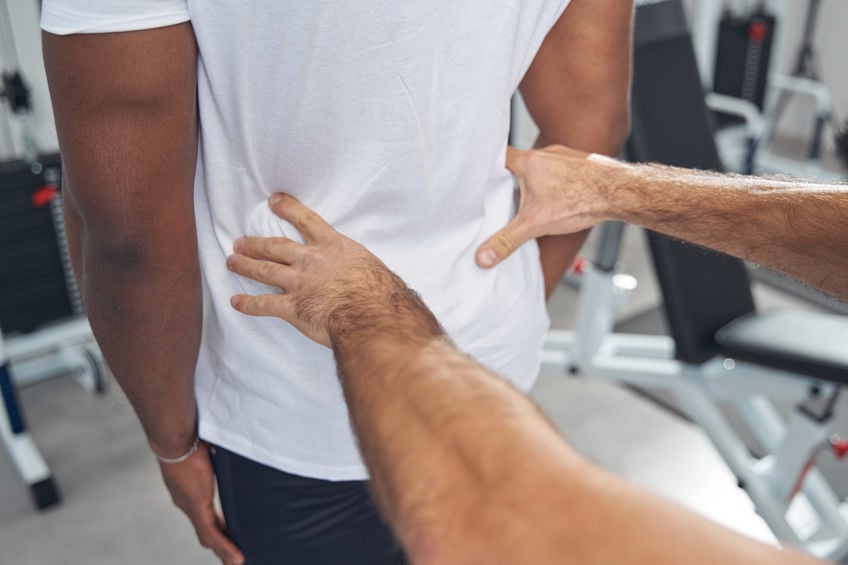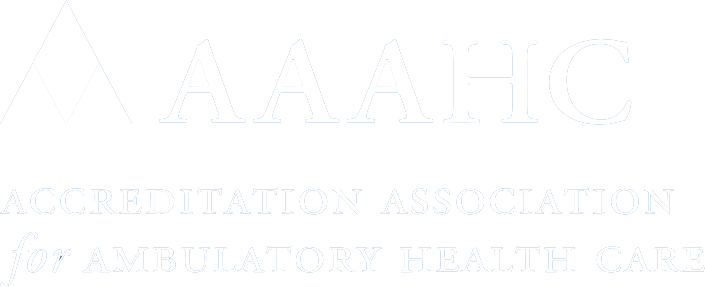Is Texting And Typing Causing Carpal Tunnel?
Many people hear all the time that an increasing reliance on technology is leading to higher and higher rates of carpal tunnel syndrome. But are typing and texting really to blame? Many people misunderstand what movements actually lead to carpal tunnel syndrome and which have no effect. Avoiding carpal tunnel syndrome starts with knowing the facts. Consider these 3 myths about carpal tunnel syndrome.

Myth 1: Technology is to blame
Carpal tunnel syndrome occurs when the median nerve in the wrist gets pinched. Repetitive motions like typing or texting don’t pinch the median nerve. So, simply working on a computer all day won’t necessarily cause carpal tunnel. Even playing sports or playing the piano won’t necessarily lead to carpal tunnel. That said, repetitive motions like texting or typing on a computer can make symptoms more noticeable if someone already has carpal tunnel syndrome.
Myth 2: Carpal tunnel never goes away
Mild cases of carpal tunnel may go away with rest, ice, and over-the-counter pain relievers. Even in moderate to severe cases, treatments like cortisone injections may help pain and inflammation go away. About half of all people who have the condition require carpal tunnel release surgery for full pain relief. Either way, carpal tunnel syndrome does not have to be a permanent condition, although avoiding movements that exacerbate the syndrome is recommended.
Myth 3: You can’t prevent carpal tunnel
While there is no one activity or factor that causes carpal tunnel, there are various risk factors that can contribute. People who have arthritis in the wrist, retain fluid during pregnancy, or are obese have a higher risk of developing carpal tunnel syndrome. Additionally, setting up an ergonomic work station and avoiding repetitive motions can help stave off carpal tunnel symptoms. A healthcare provider may also recommend hot and cold compresses, wearing a splint at night, or avoiding sleeping on the wrists.
A myth that may surprise you
Although the myth about typing persists, there is one factor of office work that can impact carpal tunnel risks: using a computer mouse. One study found that people who used a mouse for more than 20 hours per week had an increase in carpal tunnel symptoms. However, many people who experience wrist pain after sitting at a computer all day actually suffer from tendinitis, or inflammation of the tendons. This condition can be treated effectively with anti-inflammatory medications, occupational therapy, or modification of the work station. For more information about carpal tunnel syndrome, speak with a healthcare provider.
Can Lower Back Pain Return After Spinal Surgery? 3 Lifestyle Changes To Get The Most Out Of Fusion
Minnesota Valley Valley Center2024-04-02T14:49:38-05:00April 15th, 2024|
Spinal surgery is an excellent solution for lower back pain, but symptoms can return. With lifestyle changes, patients can get the most out of fusion.
A New Lease On Life: Exploring How Robotic Total Joint Replacement Can Get You Active Again
Minnesota Valley Valley Center2024-03-24T17:38:47-05:00March 29th, 2024|
Robotic total joint replacement uses a robotic arm to replace the joint. This innovative approach allows a quick return to activities.
Restoring Dexterity: How Outpatient Carpal Tunnel Surgery Can Change Your Life
Minnesota Valley Valley Center2024-03-24T17:38:37-05:00March 15th, 2024|
After months of wrist and hand pain, carpal tunnel surgery may be needed. With outpatient options, restored dexterity with less pain and discomfort is possible.
More Articles from MVSC
January 30, 2024
There are many options for hip arthritis before surgery. These options include physical activity, lifestyle modifications, and medications.
December 28, 2023
Most doctors prefer to avoid spinal surgery if possible. With epidural spinal injections, patients can experience long-term pain relief.
November 7, 2023
Sacroiliac joint pain can be alleviated through radiofrequency ablation, which uses radiofrequency signals to disrupt pain signals in nerves.
September 5, 2023
Tennis elbow is a common but painful chronic condition affecting the arm. For some people struggling, elbow arthroscopy may be the answer.










